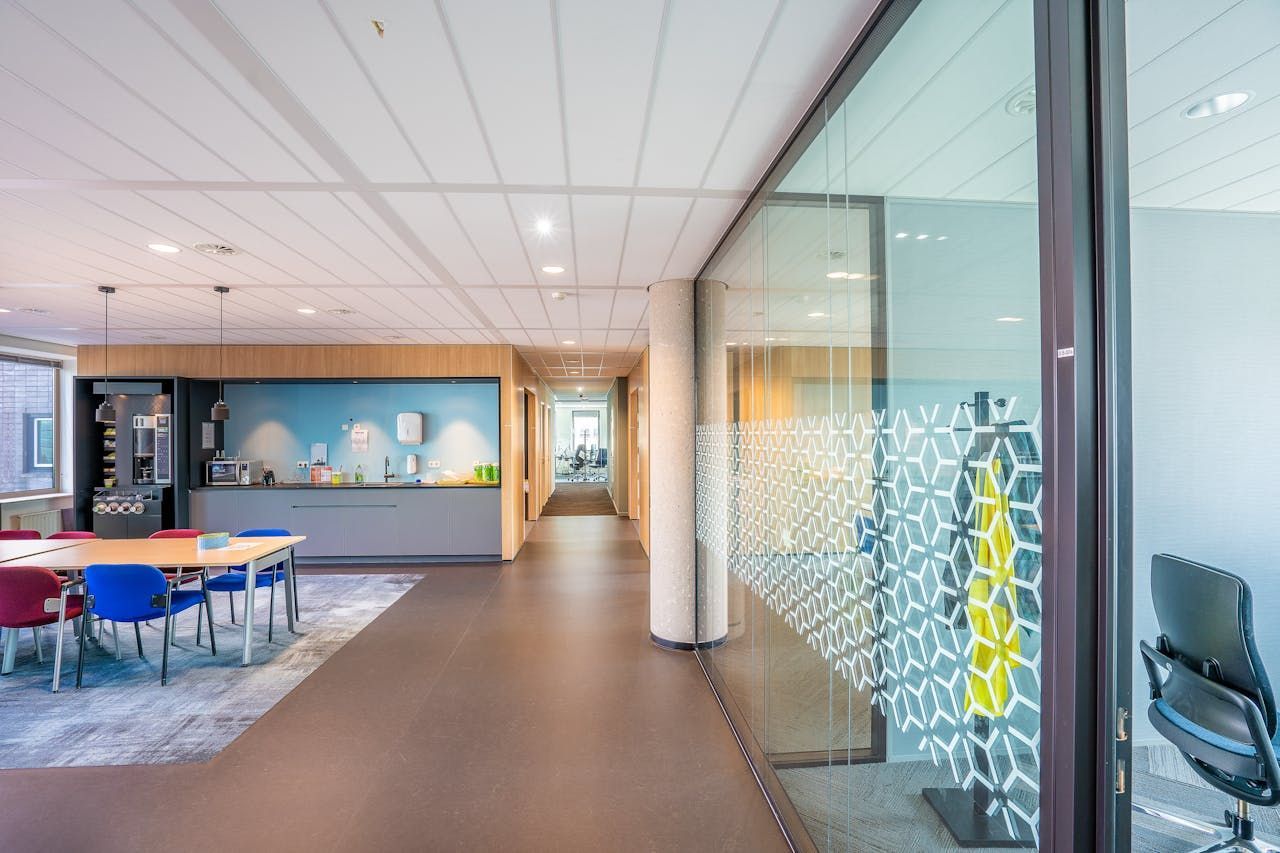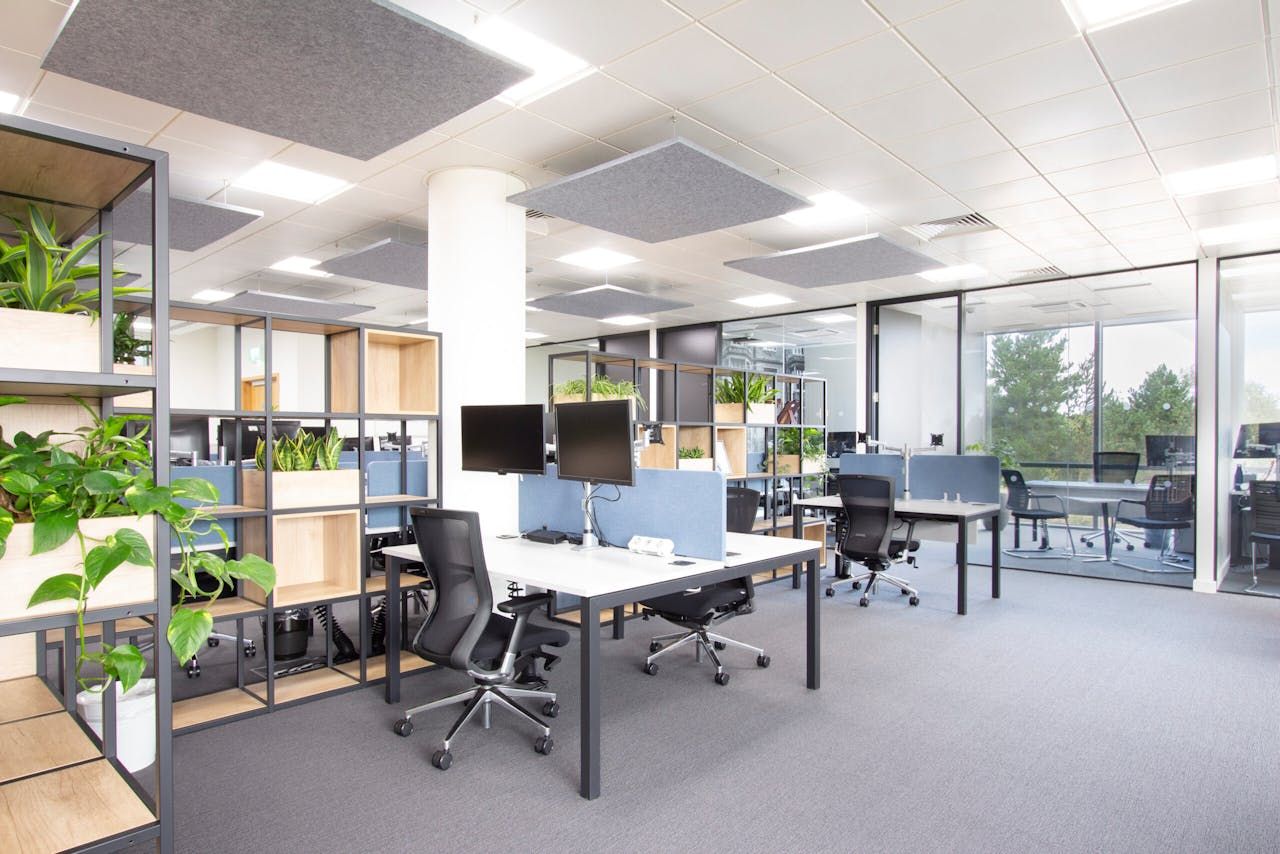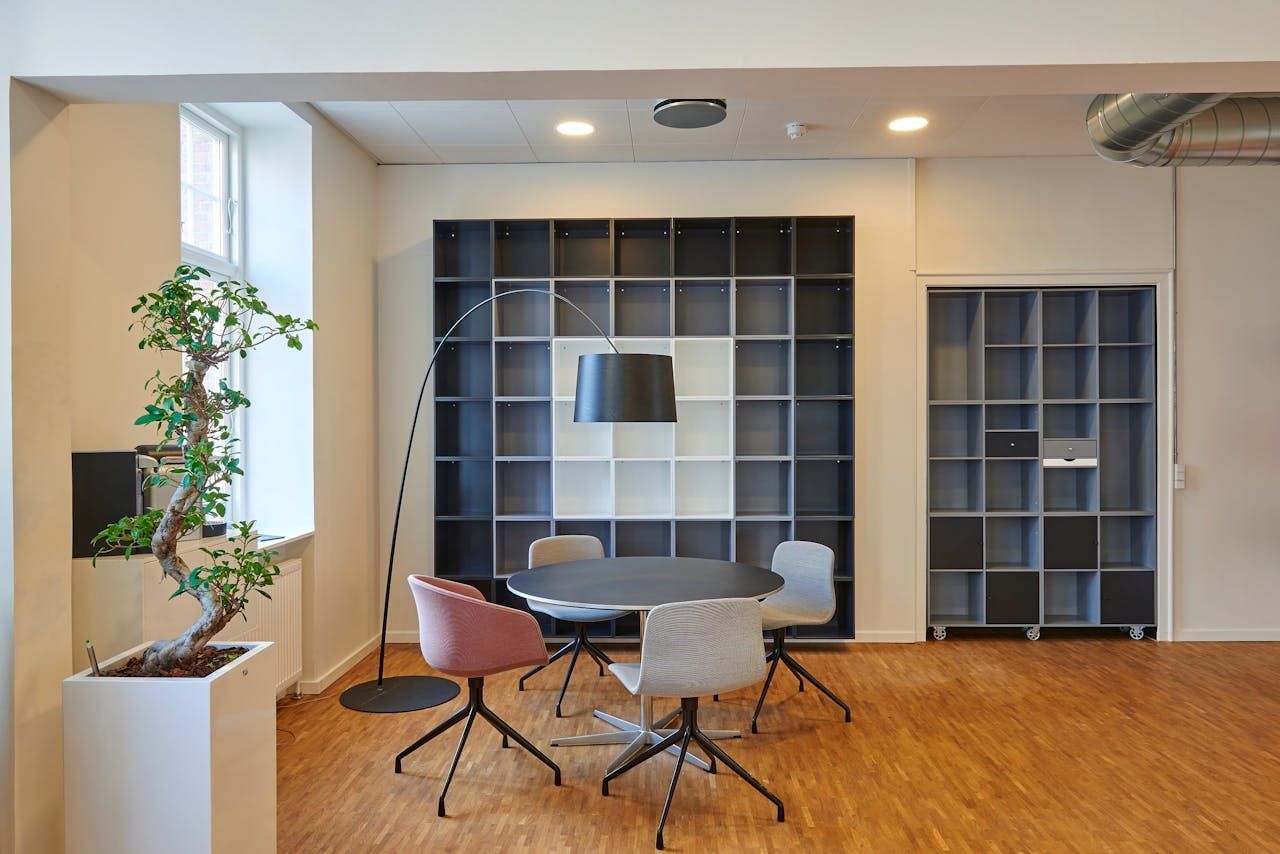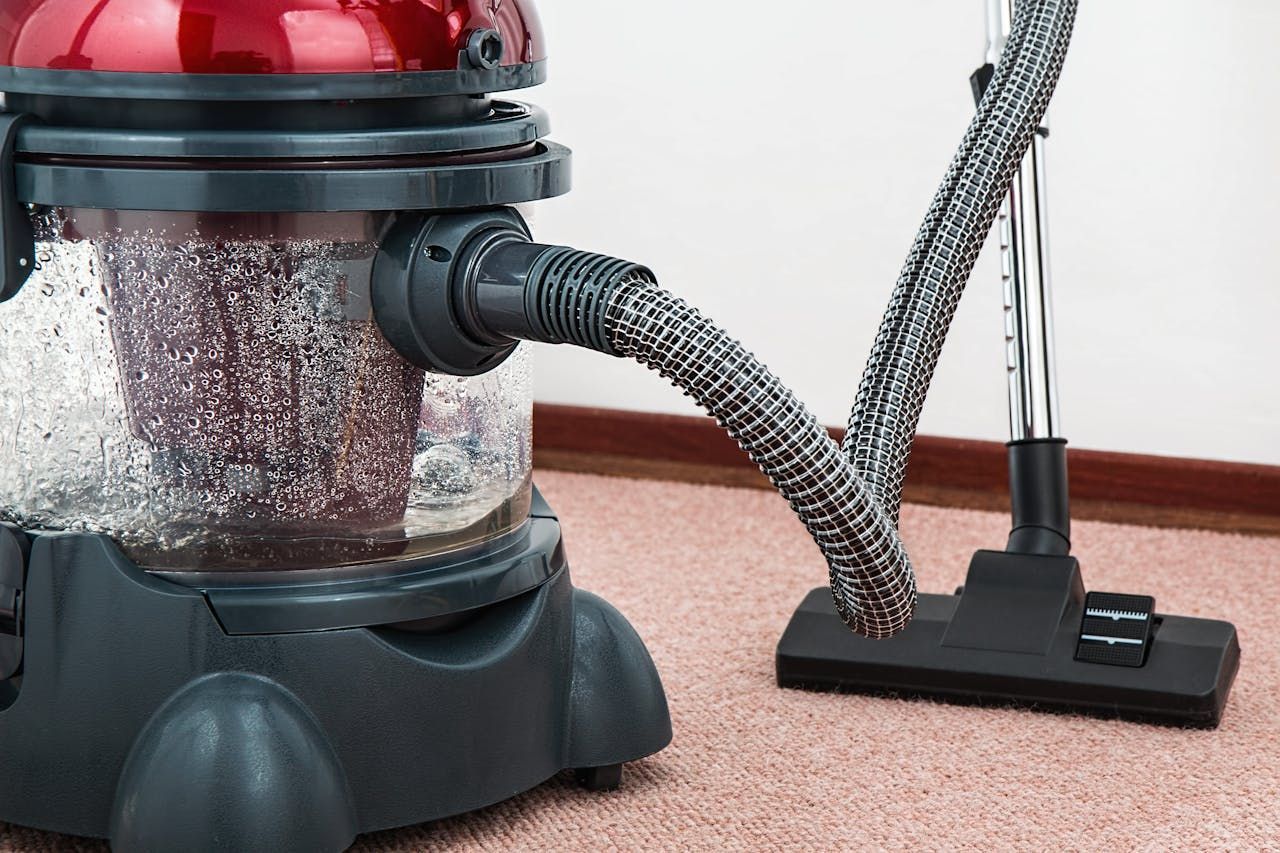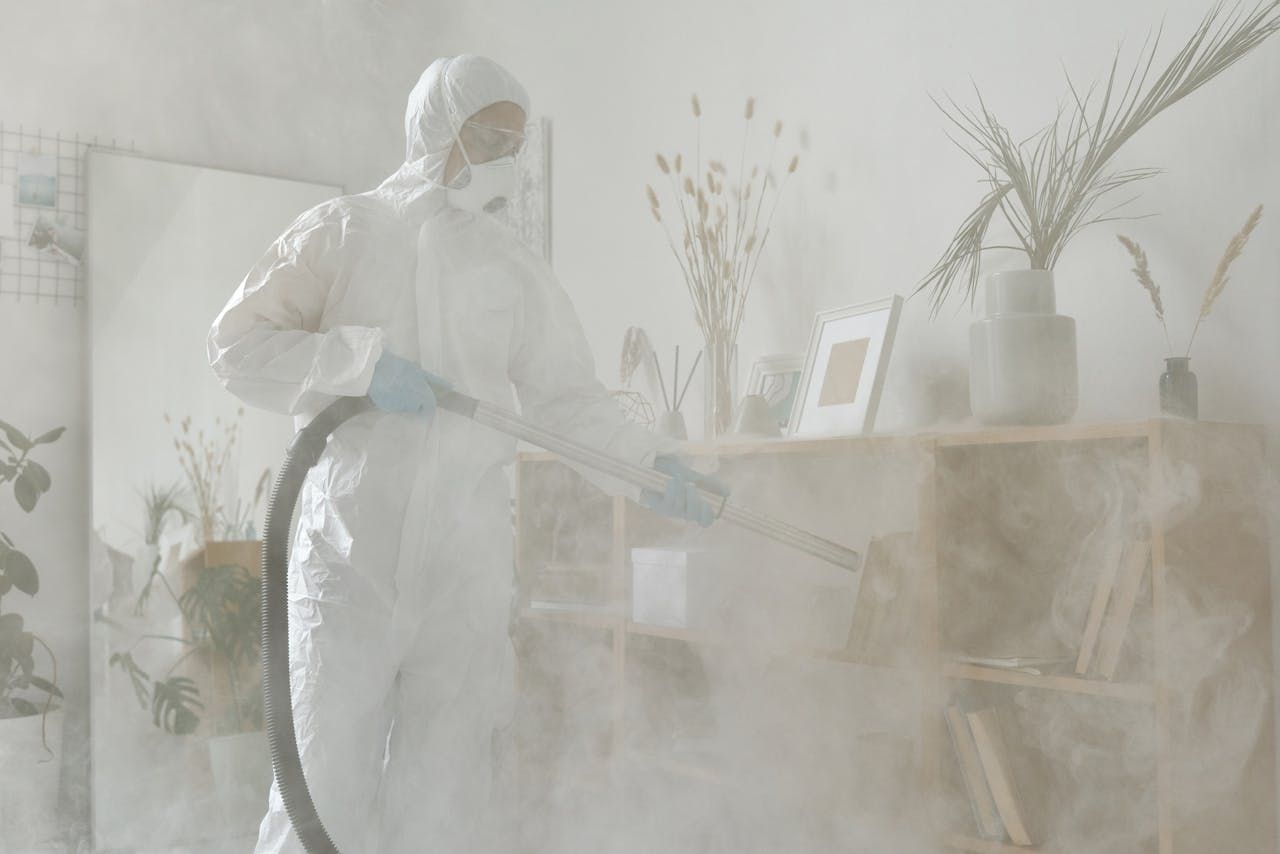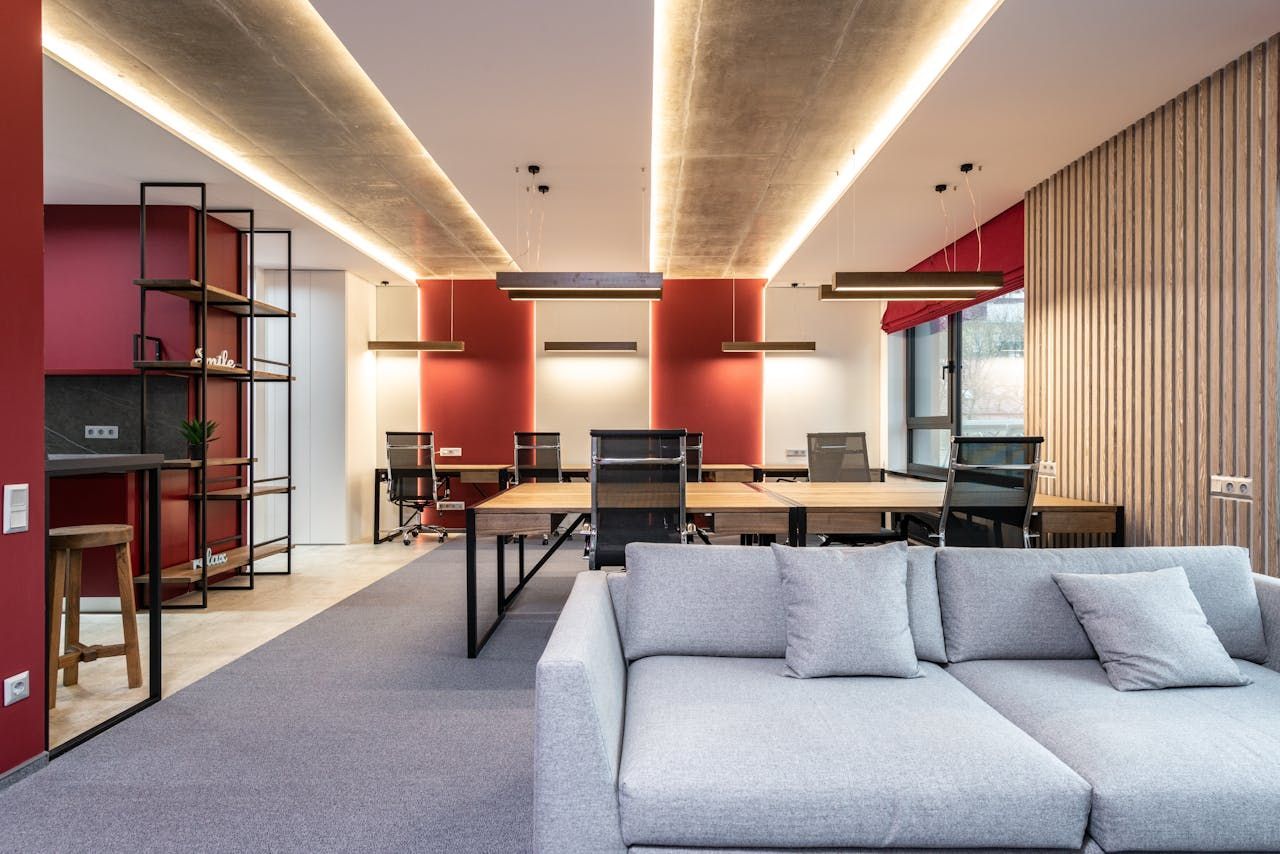Essential Fire Safety Tips for Office Managers
Every year, around 22,000 fires rip through workplaces. That’s thousands of people who turn up to work on an average day and experience a frightening and traumatic situation.
As an office manager, you need to be prepared for the sake of your team and your workplace. Would you know what to do in a fire? Seconds can mean the difference between safety and the unthinkable happening.
Here, we’re sharing our top fire safety tips for avoiding fires and what to do in the event of a fire, big or small.
Fire Risk Assessments
In the UK, you are legally required to have a fire assessment to uphold your workplace’s safety. Essentially, this is to evaluate the risks present in your office. It identifies potential fire sources, obstacles that may block an easy escape, the people who would be at risk in the case of a fire, and the safety measures you can put in place to mitigate those risks.
Your building likely already has a Fire Risk Assessment, but is it up to date? An out-of-date assessment isn’t useful and can cause mayhem at a time when calm is needed.
Signs that your Fire Risk Assessment needs updating include…
- Your last assessment is over a year old.
- You’ve changed your office layout in significant ways (desks moved/doors or windows blocked/new stud walls or cubicles added).
Getting an updated Fire Risk Assessment will ensure that you’re fully prepared in the event of a fire and actively avoid one by identifying potential hazards.
Fire Safety Equipment
Your fire safety equipment is the first line of defence in a fire. Investing in the proper equipment (and maintaining it) could be a lifesaving decision.
Fire Extinguishers and Blankets
Fire extinguishers and fire blankets are the most easily recognisable and common fire safety tools. They’re most useful for containing small, sudden fires. But be aware that there are different types of fire extinguishers for different fire sources. You can check if your extinguisher is rated for certain fire types, such as chemical, gas or electrical by reading the information on its reverse or consulting a fire safety specialist.
Signs Your Fire Extinguishers Need Attention:
You must replace fire extinguishers that aren’t up to the job anymore. You can tell that your extinguisher needs to be replaced if is very old (10 years or older), if there’s visible damage or wear like rusting or dents, and if the pressure gauge is in the red zone.
Fire Alarms
Fire alarms are a critical alert system letting everyone in the building know about a fire. Fire alarms should be accessible, too, accommodating those with hearing impairments, so they should be both audible and visible with flashing lights.
Signs Your Fire Alarm Needs Attention:
Your fire alarms need maintenance too. They may need attention if they haven’t been tested recently (many are installed and forgotten about), if the alarm is unclear when tested or if you’re getting error messages on your main alarm control panel.
Emergency Lighting
Emergency lighting can be the difference between panicked chaos and a calm and successful exit from the office. They are there to guide people to safety during a fire when smoke or power loss could make navigating spaces like corridors difficult.
Signs Your Emergency Lighting Needs Attention:
If your emergency lights flicker, dim, or do not come on at all when tested, they need attention. Regular battery checks are also necessary to ensure your lights have the power they need in an emergency.
Sprinklers
Sprinklers are there to control or altogether extinguish fires, preventing the spread or catastrophic damage to the building. There are many different sprinkler systems, suitable for a wide variety of spaces, both large and complex or small and simple.
Signs Your Sprinklers Need Attention:
Make sure that you’re staying up to date with annual sprinkler system checks and services, and keep them clear of dust and debris that can easily build up over time.
Evacuation Procedures
In the event of a fire, you and your team don’t want your first response to be panic and confusion, as this could lead to the situation becoming far worse. Instead, have a clear and rehearsed evacuation procedure to ensure everyone knows how to leave your building safely and quickly.
The following should be planned clearly and shared with everyone who occupies the office, and practised on a regular basis.
Fire Drills
Regular fire drills ensure your employees memorise evacuation routes and are able to recall them, even under pressure.
Signs your fire drills need improvement:
- Employees are unsure of escape routes or assembly points
- Evacuation takes too long
Escape Routes
Your escape routes are passages to get to safety and should account for fires in different areas.
Signs your escape routes need attention:
- Exits are blocked or difficult to access
- Signage is unclear or inadequate
- Fire doors are propped open or not functioning properly
Assembly Points
Assembly points are the designated safe areas where your employees will gather after evacuating the building. This also helps fire rescue teams know who might still be in the building.
Signs your assembly points need attention:
- They're not clearly marked or communicated to staff
- They're located in unsafe or unsuitable areas
- They’re not accessible (e.g. if your only routes have stairs)
Fire Safety At Work: Our Top Tips
Want to keep your building and team safe? Here’s where to focus your energy on fire safety…
Fire Safety Training
- Ensure all staff have training
- Consult fire safety professional for specific advice

Electrical Safety
- Avoid overloading sockets
- Don't use damaged cables or equipment
- Unplug electrical devices when not in use
- Have electrical systems regularly PAT tested
Kitchen Safety
- Keep cooking areas clean and free of clutter
- Store flammable materials away from heat sources
- Have fire blankets and extinguishers readily available
General Fire Safety
- Keep walkways and exits clear of obstacles
- Store flammable materials in designated areas
- No smoking in inside areas - dispose of butts responsibly
- Report any fire hazards to the appropriate person
Are You On Top Of Fire Safety?
Fire safety is everyone’s responsibility, but as office manager, you can ensure that your office and your staff are safe in the event of a fire. If you’d like to get on top of your Fire Risk Assessment,
request a quote
from our professional, experienced team here at LNC Services.
